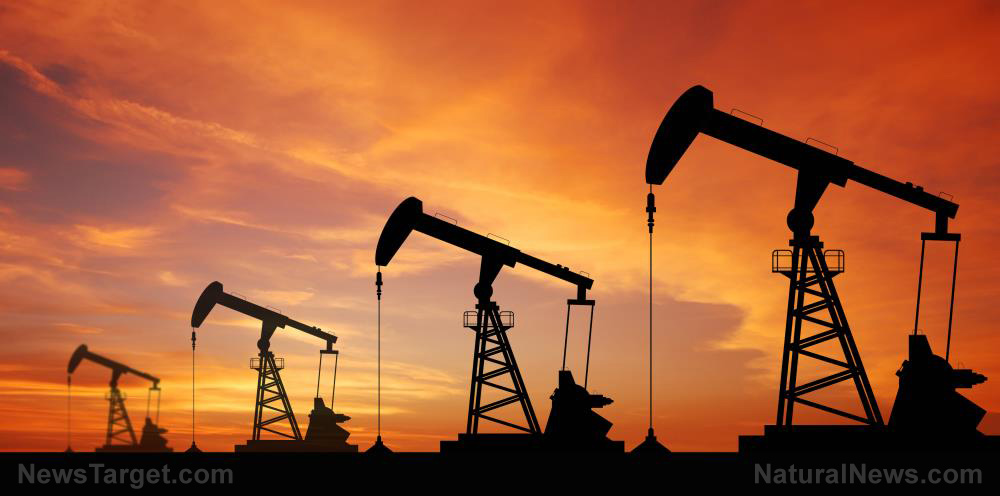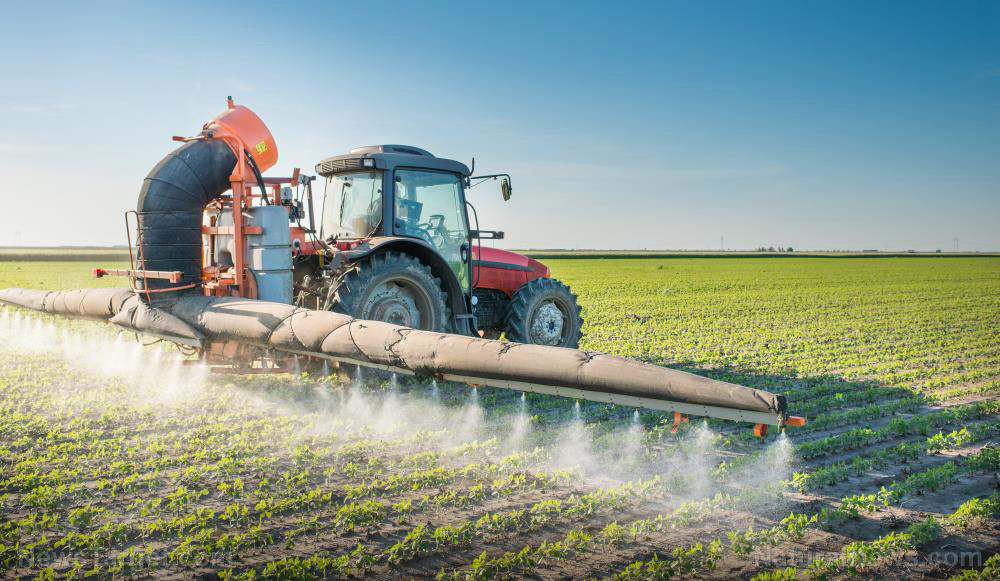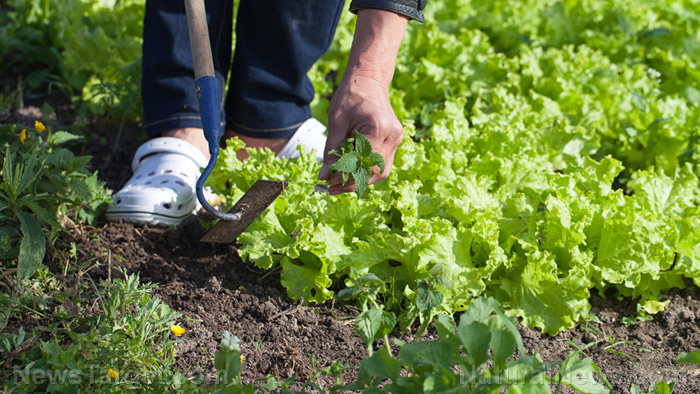Soaring fertilizer prices to spark global famines unseen in modern history
02/04/2022 / By Kevin Hughes

A modern-era crisis is looming with global prices for fertilizer tripling and food production dwindling.
Articles about the twin issues have come out, but the corporate media in the United States are downplaying them despite their probable catastrophic impact worldwide.
Experts have already warned about the crisis, and a European CEO even told the media last November about a low crop harvest in the world this year. (Related: Higher fertilizer prices causing higher food prices around the globe)
“I want to say this loud and clear right now, that we risk a very low crop in the next harvest. I’m afraid we’re going to have a food crisis,” said Svein Tore Holsether, the CEO and president of Oslo-based company Yara International.
Holsether added that a food crisis is impending because the cost to manufacture a ton of ammonia has risen nearly 10 times. The natural-gas standard, on the other hand, hit an all-time high in September with the price more than tripling from June to October in Europe.
Yara is a main producer of ammonia, a key ingredient used in synthetic fertilizer, which boosts crop yields. The process of creating ammonia relies on either hydropower or natural gas.
“The price to produce a ton of ammonia last summer was $110. And now it’s $1,000. So it’s just incredible,” said Holsether.
Tripling fertilizer prices affecting African farmers
Many farmers in Africa are skipping buying fertilizers this year as prices tripled over the past 18 months. According to Sebastian Nduva, researcher group program manager at AfricaFertilizer.org, this leaves a market known for its growth potential to decrease by almost a third and this could lessen the output of cereals by 30 million tons, which is enough to feed 100 million people.
“We are likely to see a scenario where yields are depressed and this will mean that either the government will have to readjust their budgets and import food or there will be food shortages,” Nduva said.
And to make sure that their people won’t starve, African governments will need to import large amounts of food.
However, agricultural production is expected to go down worldwide and almost every nation is going to be looking to import food, although there won’t be a lot of exporters around.
The truth is, food scarcity is already reaching severe levels in some portions of Africa.
The World Food Program’s Madagascar Program Manager Frederica Andriamanantena, who appeared on a COP26 panel last year, detailed the severity of her country’s drought and resulting famine. She said the drought had decreased her country’s harvest to about one-third of the average over the past five years.
And this is just the beginning as the world situation will soon get to a point where there won’t be enough food for everyone.
The rumor of Russia and Ukraine going to war will bring this crisis to a distinct level with food prices soaring. Ukraine and Russia combined are big-leaguers in global wheat, corn and sunflower oil trade and they would leave buyers from Asia, Africa and the Middle East exposed to more expensive bread and meat if supplies are interrupted. This would also increase food-commodity expenses that are already the highest in a decade.
Record-high prices caused by various elements
Meanwhile, economists at the American Farm Bureau Federation (AFBF) found various elements responsible for the record-high prices. These include increased prices of raw nutrients, such as nitrogen, phosphorus and potassium; increased global fertilizer demand; increased energy costs; distribution and supply chain disruptions; and trade duties.
“Rising fertilizers prices are a great concern for farmers across the country. The rising cost of supplies is slowing down the momentum America’s farmers were starting to build through higher commodity prices and increased demand for their products. Hard-working families must be able to do more than just break even,” said AFBF President Zippy Duvall.
“We urge the Biden administration to look for ways to bring fertilizer prices down, which include resolving supply chain disruptions and removing import duties, so farmers can continue growing the food, fuel and fiber America relies on.”
The market intel also found that ammonia is up over 210 percent, liquid nitrogen has risen to over 159 percent, urea has increased 155 percent, monoammonium phosphate (MAP) has surged to 125 percent, diammonium phosphate (DAP) rose to over 100 percent and potash has increased above 134 percent.
More related articles:
Farmers around the globe now feeling the pinch of higher fertilizer prices and more.
Soaring fertilizer prices expected to make food inflation even worse.
THE WORLD GOES HUNGRY: Fertilizer prices projected to reach near-record high in 2022.
Watch the video below to learn about 2022 global grain supplies and fertilizer shortage forecast.
This video is from the ADAPT 2030 | Solar Minimum channel on Brighteon.com.
Sources include:
Submit a correction >>
Tagged Under:
ammonia, chaos, crisis, crop, drought, famine, fertilizer, food collapse, food crisis, food prices, food production, food scarcity, food supply, harvest, inflation, panic, starvation
This article may contain statements that reflect the opinion of the author
RECENT NEWS & ARTICLES
COPYRIGHT © 2017 HARVEST NEWS





















